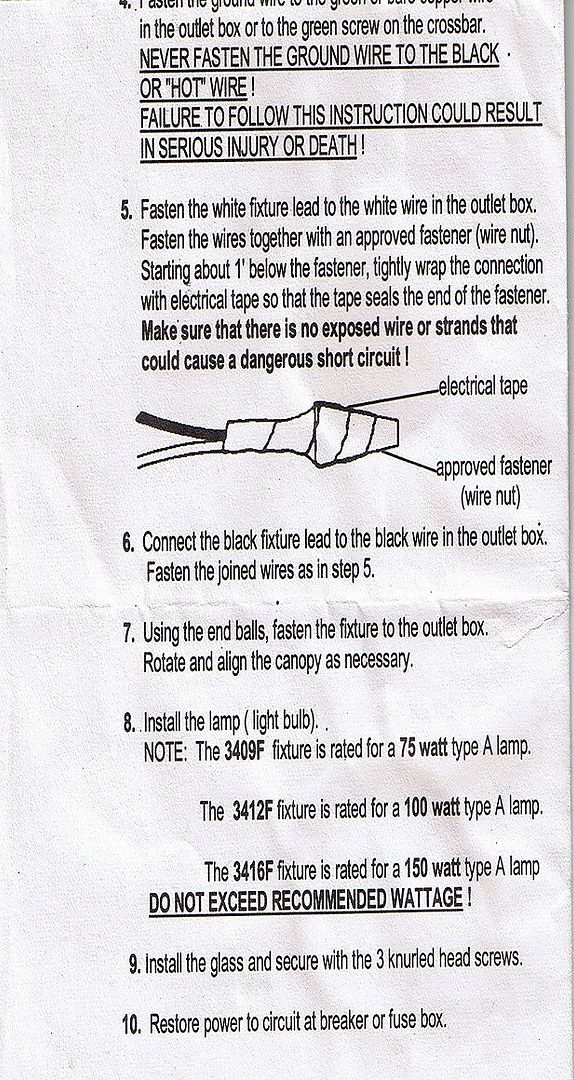Krim
Senior Member
- Location
- Maryland's Eastern Shore
76nemo said:Ya' know, it's OK to debate amongst friends as long as there is no safety issue. As I said in another post, scrambled or sunny side up?
I love any debates. 'Cause either one or thee other is wrong, or we have a good discussion going:wink:
All jokes aside , Have a great weekend nemo , I'm calling it a night.
Carl


